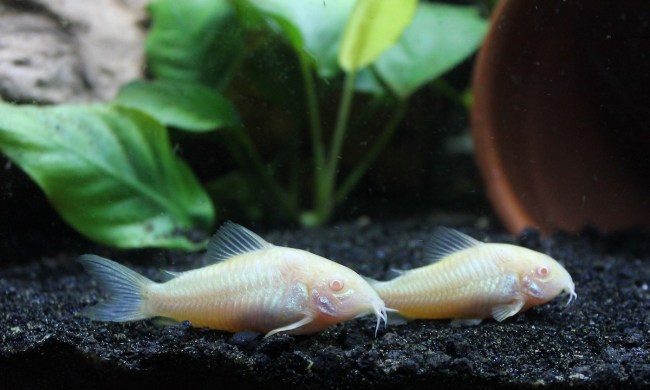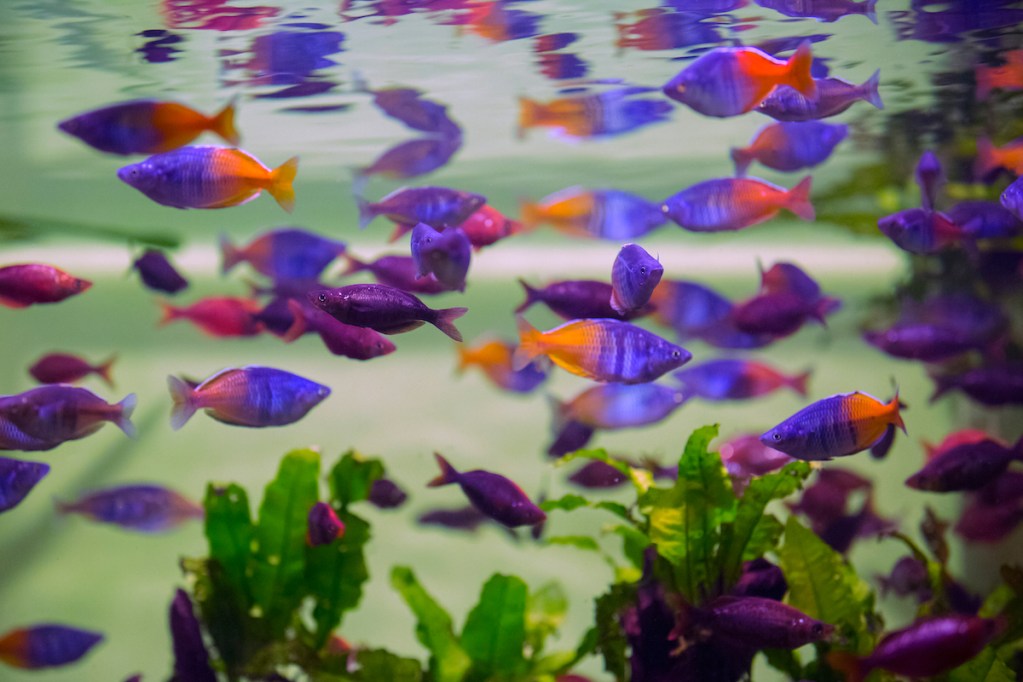
Before you set up your first tank, you likely didn’t realize how much work went into maintaining the perfect ecosystem. In nature, we have the checks and balances of evolution to guide the delicate balance, but in an aquarium, it’s just you. Learning how to clean, feed, and decorate takes time and research but will certainly benefit you — and your swimmers — in the end.
Since fish can’t tell you what they feel or even bark to let you know they need something, you’ll need to discover other cues to tell you something’s up. If you find your fish swimming at the top of the tank, take action right away. Here’s what to do when your fish spend too much time at the surface.

What does it mean when your fish swim to the top?
Usually, your fish go to the surface when they’re not getting enough oxygen. Unlike you, fish use their gills to breathe the air that’s already in the water. However, in some circumstances, there’s not enough oxygen in the tank for all the fish to breathe easily. To combat this, they swim up to the surface, where there is oxygen-rich water. You may notice some gasping or other signs of stress while they are up there.
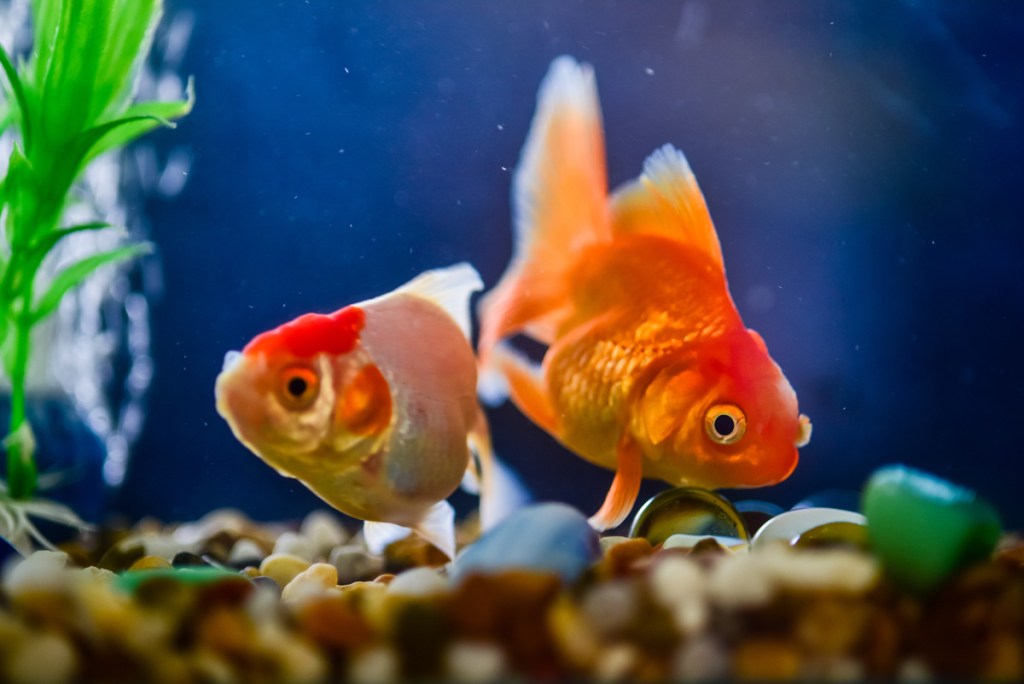
Why is my fish floating at the top of the tank but not dead?
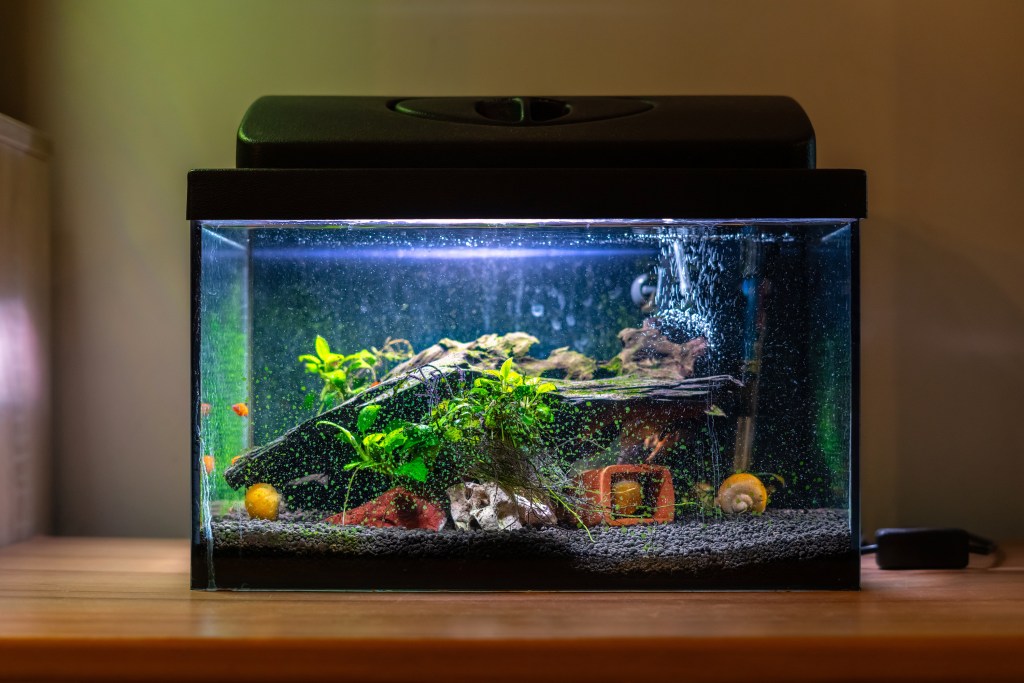
How do you oxygenate a fish tank?
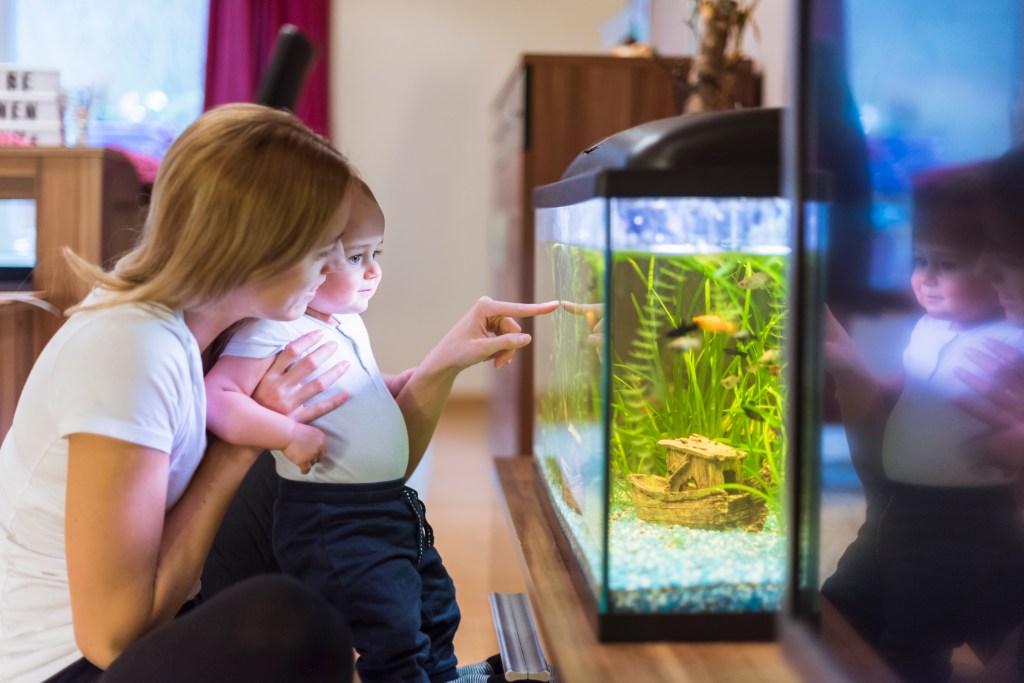
What to do when fish stay at the top of the tank
While it’s fairly serious if your tank-dwellers can’t breathe well, there are a few steps you can take to fix the problem straight away. You might also need to rethink your setup, once the initial emergency has passed.
Do a water test
You should be performing water tests regularly, including every time you change out some of the water. It’s important to check nitrates, pH levels, and ammonia to see if anything is out of whack. This usually happens when you’ve got a bigger issue in the aquarium, such as too many fish. It could also be a sign that you’re overfeeding and the excess food is rotting at the bottom. You may need to take quick action with a partial water replacement and use conditioners to help bring your chemical levels down. In the long term, you’ll have to find a way to reduce waste; usually feeding less will do the trick. Also, look into adding live plants which will produce oxygen and remove excess nitrogen compounds naturally.
Check the filter
Your filter will help to remove some of the waste from your tank, though frequent cleaning and water changes are still very important. Add more elements (such as a bubbler) to increase the levels of oxygen, permitting the fish to breathe more easily. Examine your filter for any breaks and replace sponges or other old pieces. Lastly, make sure your filter system is big enough for your tank. You may need to purchase a larger one if you’ve recently added fish.
Install a thermometer
Yup, you read that right. Water temperature makes a big difference to the oxygen level in your fish tank because cold water holds more dissolved oxygen than warm water. That means you need to be particularly careful when the room temperature rises, either because of summer or your tank heater. You should track the climate all the time anyway to ensure it stays consistent.
If your fish are congregating at the top and you notice an uptick in degrees, try cooling the room or turning down any heat sources. You don’t want to make sudden, drastic changes though. Adjust the temperature incrementally so as not to shock your fish, and never let the water temperature fall below the recommended range. Move the tank if necessary, especially to provide better ventilation.
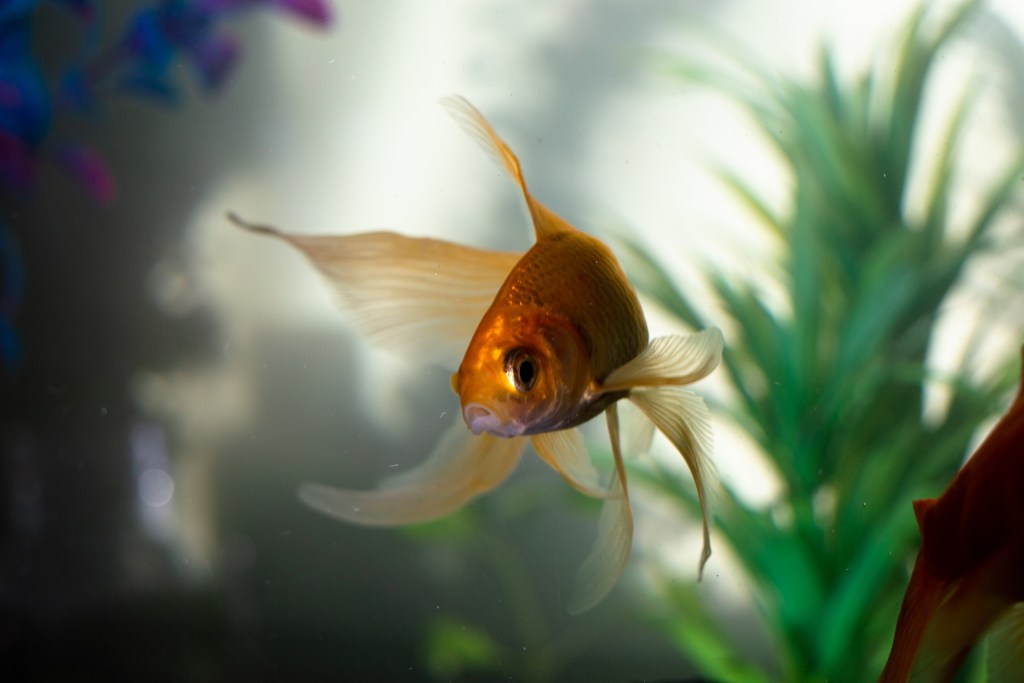
The bottom line on fish tanks
It can be tempting to dive into this hobby head-first and then wind up in deeper than you expected, but with a lot of care and a little bit of research, you will find yourself better prepared to look after your little scaled pals and know what to do should a problem arise.

